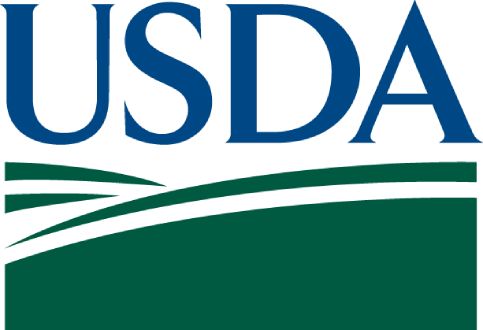Empirical Bayes Shrinkage Estimates of SNAP Participation Rates in Fiscal Year 2011 to Fiscal Year 2013 for All Eligible People and the Working Poor

The Supplemental Nutrition Assistance Program (SNAP) is a central component of American policy to alleviate hunger and poverty. The program’s main purpose is “to permit low-income households to obtain a more nutritious diet . . . by increasing their purchasing power” (Food and Nutrition Act of 2008). SNAP is the largest of the domestic food and nutrition assistance programs administered by the U.S. Department of Agriculture’s Food and Nutrition Service. During fiscal year 2015, the program served nearly 46 million people in an average month at a total annual cost of almost $70 billion in benefits. This report presents estimates that, for each state, measure the need for SNAP and the program’s effectiveness in each of the three fiscal years from 2011 to 2013. The estimated numbers of people eligible for SNAP measure the need for the program. The estimated SNAP participation rates measure, state by state, the program’s performance in reaching its target population. In addition to the participation rates that pertain to all eligible people, we derived estimates of participation rates for the “working poor,” that is, people who were eligible for SNAP and lived in households in which someone earned income from a job. The estimates for all eligible people and for the working poor were derived jointly using empirical Bayes shrinkage estimation methods and data from the Current Population Survey, the American Community Survey, and administrative records. The shrinkage estimator that was used averaged sample estimates of participation rates in each state with predictions from a regression model. The predictions were based on observed indicators of socioeconomic conditions in the states, such as the percentage of the total state population receiving SNAP benefits. The shrinkage estimates derived are substantially more precise than direct sample estimates from the Current Population Survey or the Survey of Income and Program Participation, the best sources of current data on household incomes used to model program eligibility. Shrinkage estimators improve precision by “borrowing strength,” that is, by using data for multiple years from all the states to derive each state’s estimates for a given year and by using data from multiple sources, including sample surveys and administrative data. This report describes our shrinkage estimator in detail.Final shrinkage estimates for FY 2011 and FY 2012 presented in this report differ slightly from the estimates presented in Cunnyngham (2015) and Cunnyngham et al. (2015) because of annual data updates. As a result, the estimates presented in this report should not be compared to those published in earlier reports.
How do you apply evidence?
Take our quick four-question survey to help us curate evidence and insights that serve you.
Take our survey
